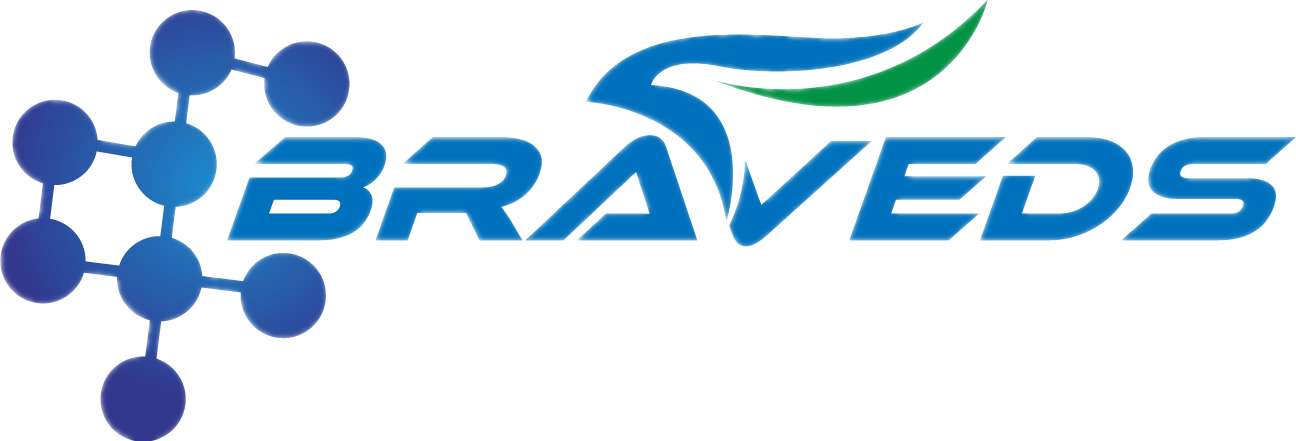S25 surfactant/SPAN 60
Dehydrated sorbide (sugar) alcohol monostearate, trade name emulsifier Span-60 (S-60). HLB 4.70, beige block solid. Odorless and non-toxic. Can be dispersed in hot water, soluble in hot ethanol, benzene, slightly soluble in ether or petroleum ether. It has strong emulsification, dispersion and wetting ability. It has good compatibility with various surfactants. It is a non-ionic surfactant.
Action mechanism
Emulsification and stabilization
HLB value characteristics: HLB value 4.7, is a low HLB non-ionic surfactant, preferential formation of W/O emulsion (oil-water), by reducing oil-water interfacial tension, stable emulsion stratification in the detection system.
Solubilization and dispersion: Enhance the dispersion of fat-soluble components (such as certain chemiluminescent substrates or organic solvents) in the aqueous phase and prevent precipitation.
Wetting and penetration promotion
Improve the wettability of substrates such as microporous plates and slides, reduce the resistance of liquid spreading, and improve the flow uniformity of reagents.
Can assist in the release of antibodies or antigens from the sample (e.g. pre-treatment before cell lysis).
compatibility
It has good compatibility with cationic, anionic and zwitterionic surfactants, and the HLB value can be adjusted by compounding to optimize the stability of the system.
Application scenario
Immunochromatography and ELISA
Sealer/diluent: Improve the uniform distribution of antibodies on the surface of the microplate and reduce edge effects.
Emulsified reagent: Used to stabilize complex solutions containing lipid antigens or antibodies (such as latex particle coating in some virus tests).
Chemiluminescence detection
Dispersion of fat-soluble luminescent substrates (such as luminol derivatives) to improve their solubility and luminescence efficiency in the reaction solution.
Molecular diagnosis
Nucleic acid extraction: assists in lysis of cell membranes and promotes the release of DNA/RNA (the effect of concentration on nucleic acid integrity needs to be verified).
LAMP/PCR reaction: eliminate bubble interference and stabilize the reaction system.
Microplate pretreatment
As a wetting agent, it reduces the phenomenon of liquid hanging on the wall and improves the accuracy of adding samples.
Conventional concentration range
Emulsion system: 0.5%-5% (need to be adjusted according to the oil phase ratio).
Sealer/diluent: 0.1%-1%.
Nucleic acid extraction: 1%-3% (subject to experimental verification of the impact on the target nucleic acid).
Dissolution method
Solid dissolution: First heat to more than 60℃ (soluble in hot water or hot ethanol), stir until completely dissolved and then slowly cool.
Premix storage: It is recommended to prepare a high-concentration reserve solution (such as 10% Span-60 solution) and dilute it as needed when using.
Matters needing attention
Storage condition
Sealed and kept in dry environment away from light to avoid moisture agglomeration.
Slight delamination may occur in long-term storage. Shake well before use.
Experimental condition control
Temperature sensitivity: High temperature (>80℃) may lead to partial inactivation, it is recommended to control the temperature during preparation.
pH compatibility: Stable in the range of pH 5-9, easy hydrolysis failure under strong acid/base conditions.
Material compatibility
Plastic containers: Long-term contact may cause polyethylene (PE) or polypropylene (PP) containers to swell, it is recommended to use short-term or switch to glass/stainless steel containers.
Protein interference: Excess may be adsorbed to antibodies or antigens, and the concentration needs to be optimized through pre-experiments.
Foam control
Low HLB values may cause foaming, which can be alleviated by adding a small amount of defoamer (such as silicone) or by handling it at low temperatures.
Frequently Asked Questions (FAQ)
Q: Why is SPAN 60 often used as a sealing fluid in immunochromatography?
A: Its mild emulsification ability evenly coats the surface of the microplate, reducing non-specific binding sites without damaging antibody activity.
Q: Can it directly replace Triton X-100 for cell permeability?
A: Not recommended, because the main function of SPAN 60 is emulsification rather than breaking film, Triton X-100 is more soluble in lipids.
Q: How to deal with turbidity after using Span-60?
A: It may be caused by improper oil phase ratio or too low temperature, and it is necessary to adjust the HLB value (such as compounding Tween 80) or increase the temperature to the dissolution temperature.
Q: Does Span-60 affect the chemiluminescence signal strength?
A: There is no significant effect at a reasonable concentration, but excessive amounts may adsorb luminescent substances, and the optimal addition amount needs to be determined through experiments.
Q: Can it be used with strong cationic surfactants such as cetyltrimethoxysilane?
A: May cause precipitation due to charge neutralization, it is recommended to avoid direct mixing.
| SKU | UNIT | PRICE (USD) | QTY |
|---|---|---|---|
| BLDS25 | 100g | 64 | |
| BLDS25 | 500g | 183 |




